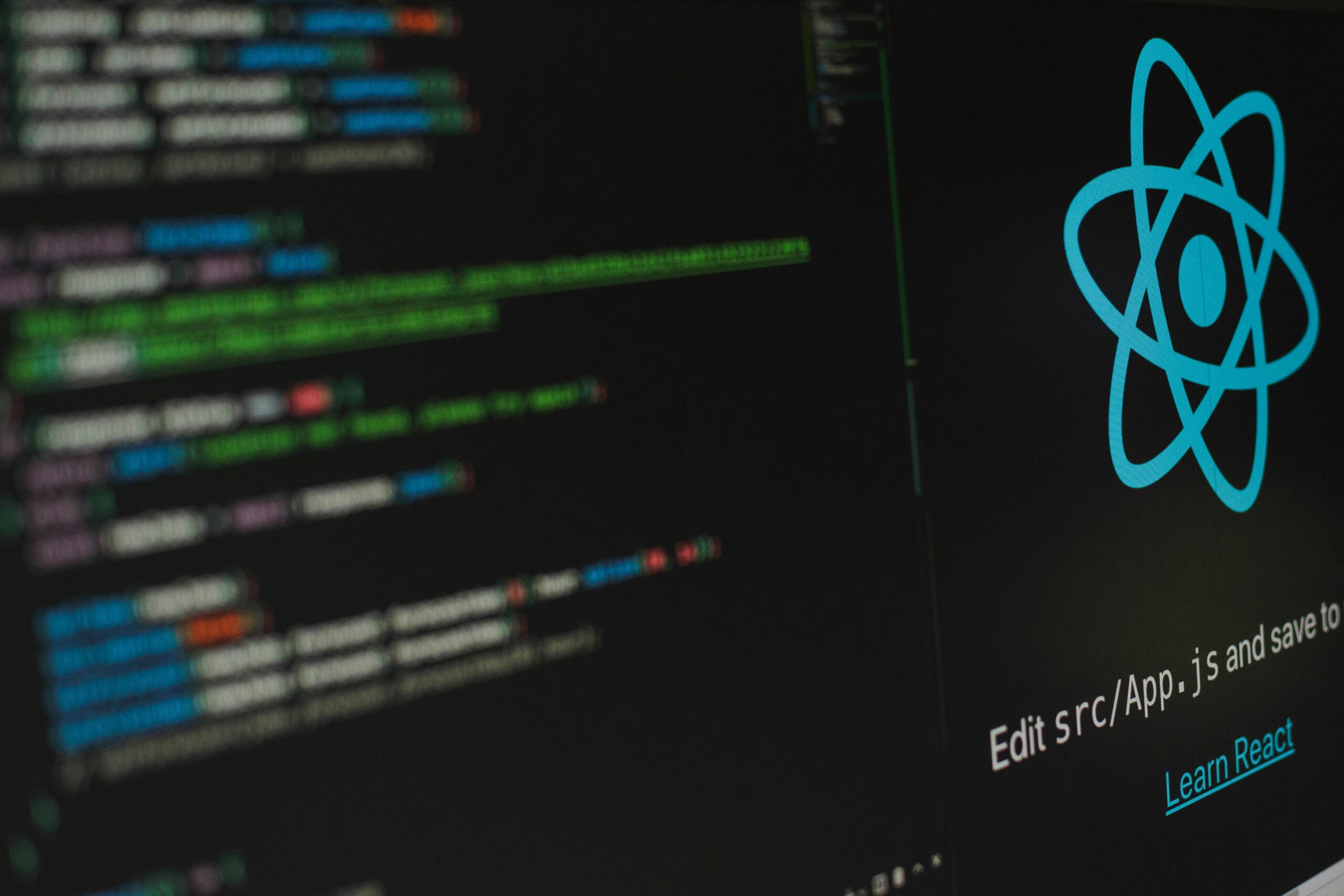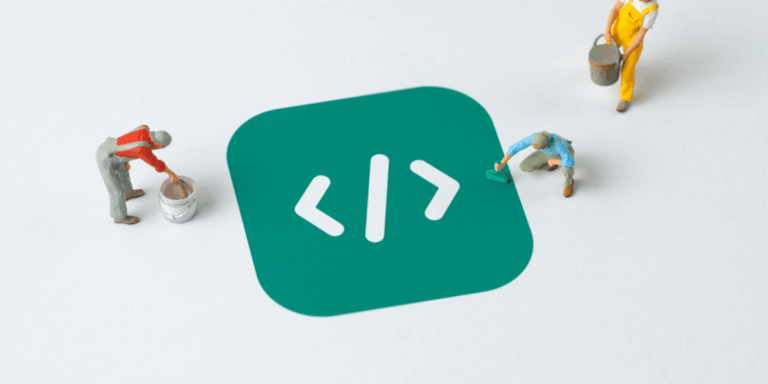In the ever-evolving landscape of web development, ensuring the reliability and robustness of front-end code is paramount. This is where effective testing strategies come into play. Among the plethora of testing frameworks available, Jest and Mocha stand out as powerful tools for front-end testing. In this comprehensive guide, we’ll explore the nuances of Jest and Mocha and delve into best practices to optimize your front-end testing process.
Jest: Simplicity and Speed
Jest, developed by Facebook, has gained widespread adoption for its simplicity, speed, and comprehensive feature set. What sets Jest apart is its “zero configuration” approach, which means developers can start writing tests without any setup hassle. With built-in assertion libraries, mocking capabilities, and snapshot testing, Jest provides a delightful testing experience for JavaScript projects.
Mocha: Flexibility and Extensibility
On the other hand, Mocha offers unparalleled flexibility and extensibility. As a versatile testing framework for both node.js and the browser, Mocha provides a robust foundation for testing asynchronous code, along with hooks and a wide range of plugins. Developers have the freedom to choose their preferred assertion libraries and mocking solutions, making Mocha a favorite among those seeking customization and control over their testing environment.
Best Practices for Front-end Testing
1. Isolation and Dependency Management
One of the fundamental principles of effective testing is isolating components/modules to ensure accurate results. Both Jest and Mocha offer features like mocks and stubs to simulate dependencies and external interactions, enabling developers to test components in isolation without the need for external resources.
2. Comprehensive Coverage
Comprehensive test coverage is essential to catch potential issues early in the development cycle. It’s crucial to test all scenarios, including edge cases and error handling, to validate the robustness of front-end code. With Jest and Mocha, developers can ensure that every aspect of their application is thoroughly tested, leading to more reliable software.
3. Descriptive and Readable Tests
Writing clear, descriptive test cases is key to maintaining an effective testing suite. Both Jest and Mocha support the creation of descriptive tests, with features like descriptive assertions and meaningful variable names. Well-written tests not only facilitate better understanding but also make it easier for developers to debug and modify the codebase.
4. Automation and Integration
Integrating testing into the continuous integration/continuous deployment (CI/CD) pipeline is essential for automating the testing process. By leveraging tools like Jest’s built-in test runner or Mocha’s integration with popular CI platforms, developers can automate test execution and receive immediate feedback on code changes, ensuring faster delivery of high-quality software.
5. Parameterized Testing
Parameterized testing allows developers to validate code with various inputs, covering a wide range of scenarios. Both Jest and Mocha support parameterized testing, enabling developers to test their code with different inputs and configurations. This approach helps uncover edge cases and corner scenarios that might otherwise go unnoticed.
6. Performance Optimization
Optimizing test performance is crucial for maintaining developer productivity. Both Jest and Mocha provide features to optimize test execution speed, such as parallel test execution and efficient setup/tear down operations. By minimizing unnecessary overhead and maximizing efficiency, developers can reduce the feedback loop during development and iterate more quickly.
7. Regression Testing and Version Control
Regular regression testing ensures that new code changes do not introduce unintended side effects or break existing functionality. Version control systems like Git enable developers to track changes to their test suite effectively, facilitating collaboration and ensuring that all team members are working with the latest version of the codebase.
In conclusion, mastering front-end testing with Jest and Mocha requires a combination of technical expertise, best practices, and a commitment to quality. By understanding the capabilities of these powerful testing frameworks and implementing best practices such as isolation, comprehensive coverage, and automation, developers can build more reliable and robust front-end applications. Whether you prefer the simplicity of Jest or the flexibility of Mocha, investing in a solid testing strategy is essential for delivering exceptional user experiences and maintaining the integrity of your codebase. Start harnessing the power of Jest and Mocha today and take your front-end testing to the next level.






